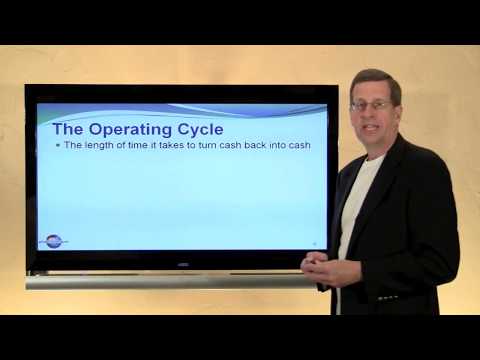12.1: Accounting for Current Liabilities
- Page ID
- 26252
Current liabilities
Liabilities result from some past transaction and are obligations to pay cash, provide services, or deliver goods at some future time. This definition includes each of the liabilities discussed in previous chapters and the new liabilities presented in this chapter. The balance sheet divides liabilities into current liabilities and long-term liabilities. Current liabilities are obligations that (1) are payable within one year or one operating cycle, whichever is longer, or (2) will be paid out of current assets or create other current liabilities. Long-term liabilities are obligations that do not qualify as current liabilities.
In this section, we describe liabilities not previously discussed that are clearly determinable—sales tax payable, federal excise tax payable, and current portions of long-term debt. Warranties, notes payable and payroll liabilities will be examined later. This video is good at reviewing current liabilities we have already discussed plus some new topics:
Sales tax payable Many states have a state sales tax on items purchased by consumers. The company selling the product is responsible for collecting the sales tax from customers. When the company collects the taxes, the debit is to Cash and the credit is to Sales Tax Payable. Periodically, the company pays the sales taxes collected to the state. At that time, the debit is to Sales Tax Payable and the credit is to Cash.
To illustrate, assume that a company sells merchandise in a state that has a 6% sales tax. If it sells goods with a sales price of $1,000 on credit, the company makes this entry:
| Accounts Receivable (1,000 + 60) | Debit 1,060 | Credit |
| Sales | 1,000 | |
| Sales Tax Payable (1,000 x 6%) | 60 | |
| To record sales and sales tax payable. |
Now assume that sales for the entire period are $100,000 and that $6,000 is in the Sales Tax Payable account when the company remits the funds to the state taxing agency. The following entry shows the payment to the state:
| Sales Tax Payable | Debit 6,000 | Credit |
| Cash | 6,000 | |
Federal excise tax payable Consumers pay federal excise tax on some goods, such as alcoholic beverages, tobacco, gasoline, cosmetics, tires, and luxury automobiles. The entries a company makes when selling goods subject to the federal excise tax are similar to those made for sales taxes payable. For example, assume that the Dixon Jewelry Store sells a diamond ring to a young couple for $2,000. The sale is subject to a 6% sales tax and a 10% federal excise tax. The entry to record the sale is:
| Accounts Receivable (2,000 + 120 + 200) | Debit 2,320 | Credit |
| Sales | 2,000 | |
| Sales Tax Payable (2,000 x 6%) | 120 | |
| Federal Excise Tax Payable (2,00 x 10%) | 200 | |
| To record the sale of a diamond ring. |
The company records the remittance of the taxes to the federal taxing agency by debiting Federal Excise Tax Payable and crediting Cash.
Current portions of long-term debt Accountants move any portion of long-term debt that becomes due within the next year to the current liability section of the balance sheet. For instance, assume a company signed a series of 10 individual notes payable for $10,000 each; beginning in the 6th year, one comes due each year through the 15th year. Beginning in the 5th year, an accountant would move a $10,000 note from the long-term liability category to the current liability category on the balance sheet. The current portion would then be paid within one year.
http://www.openassessments.org/assessments/1199
- Accounting Principles: A Business Perspective.. Authored by: James Don Edwards, University of Georgia & Roger H. Hermanson, Georgia State University. . Provided by: Endeavour International Corporation.. Project: The Global Text Project.. License: CC BY: Attribution
- 12-Current Liabilities. Authored by: Larry Walther. Located at: youtu.be/hjT6hRz96zc. License: All Rights Reserved. License Terms: Standard YouTube License


